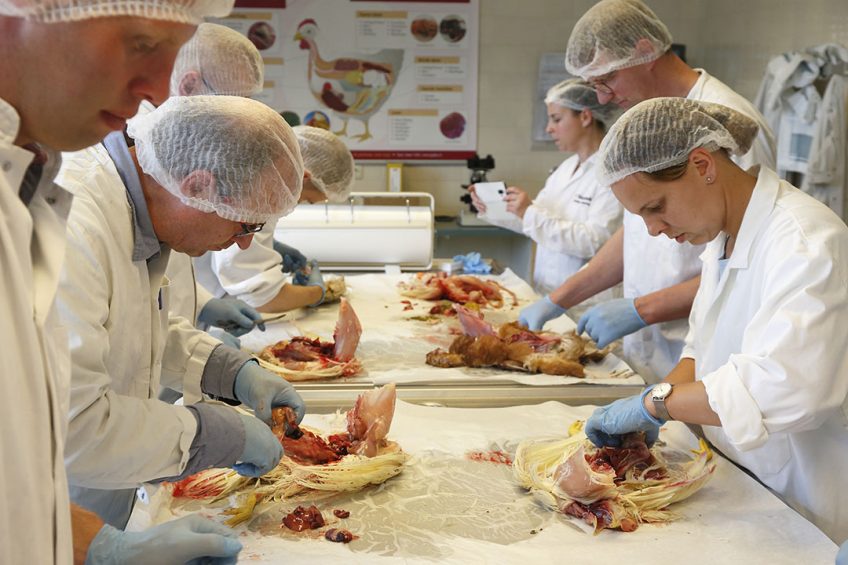3D gut models from stem cells to support studies

Scientists have developed inside-out miniature intestines, grown from stem cells, which are to be used for researching gut biology in poultry.
The 3-dimensional tissue cultures, which mimic the chicken gut, are composed of many cell types and will enable researchers to study poultry health and disease, including infections such as salmonella and bird flu, as well as supporting research to better understand the immune response to disease in chickens. The development should accelerate studies into gut health and diseases that affect birds around the world, and reduce the number of animals used in research.
Miniature intestines known as enteroids
Known as enteroids, the miniature intestines are the first mini-gut models to naturally include cells from the immune system, enabling a more comprehensive understanding of the chicken’s response to infection. Organoid development depends on the ideal growth environment, typically inside a protein-rich gel dome surrounded by growth factor-supplemented liquid cell culture. In these conditions, stem cells can follow their own genetic instructions to self-organised and form structures that resemble miniature intestines. Chicken enteroids were challenging to develop as they do not grow well in typical conditions used for mammal enteroids. Scientists at the Roslin Institute, Edinburgh, discovered they would only develop properly into mini-guts when floating in liquid culture, with the gel dome and many of the typical culture supplements removed.
Studies made possible with novel mini-guts
Tessa Nash, Roslin Institute spokeswoman, said: “Studies into the gastrointestinal systems of birds have long been hampered by a lack of cell culture tools. But with the development of these novel mini-guts, we can now study diseases that are of importance to the poultry industry, including zoonotic infections such as Salmonella and flu.” Professor Lonneke Vervelde added: “Inside-out organoids will support studies to develop our understanding of how gut tissue in chickens responds to, for example, disease, feed additives, nutrition and heat stress, saving time and reducing the number of animals needed for this process.”












